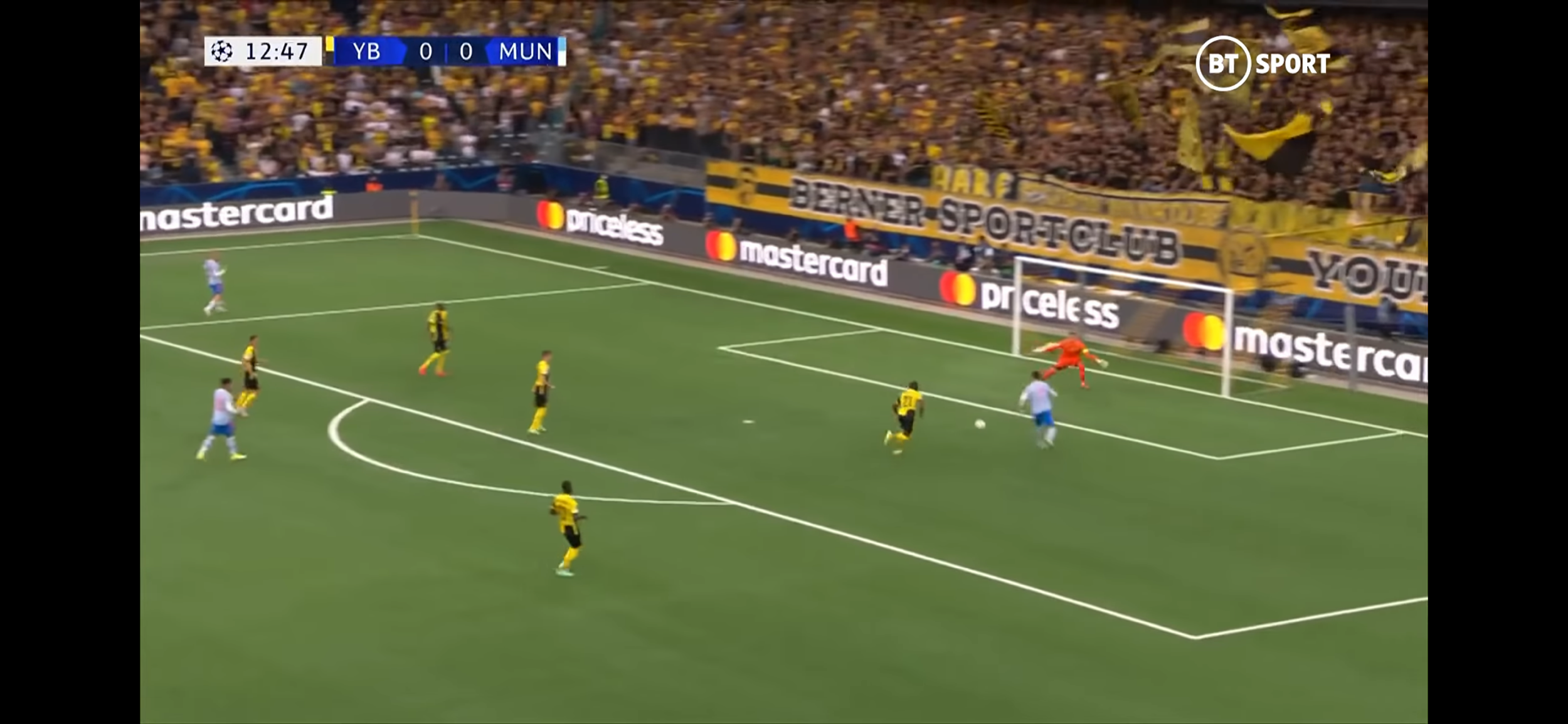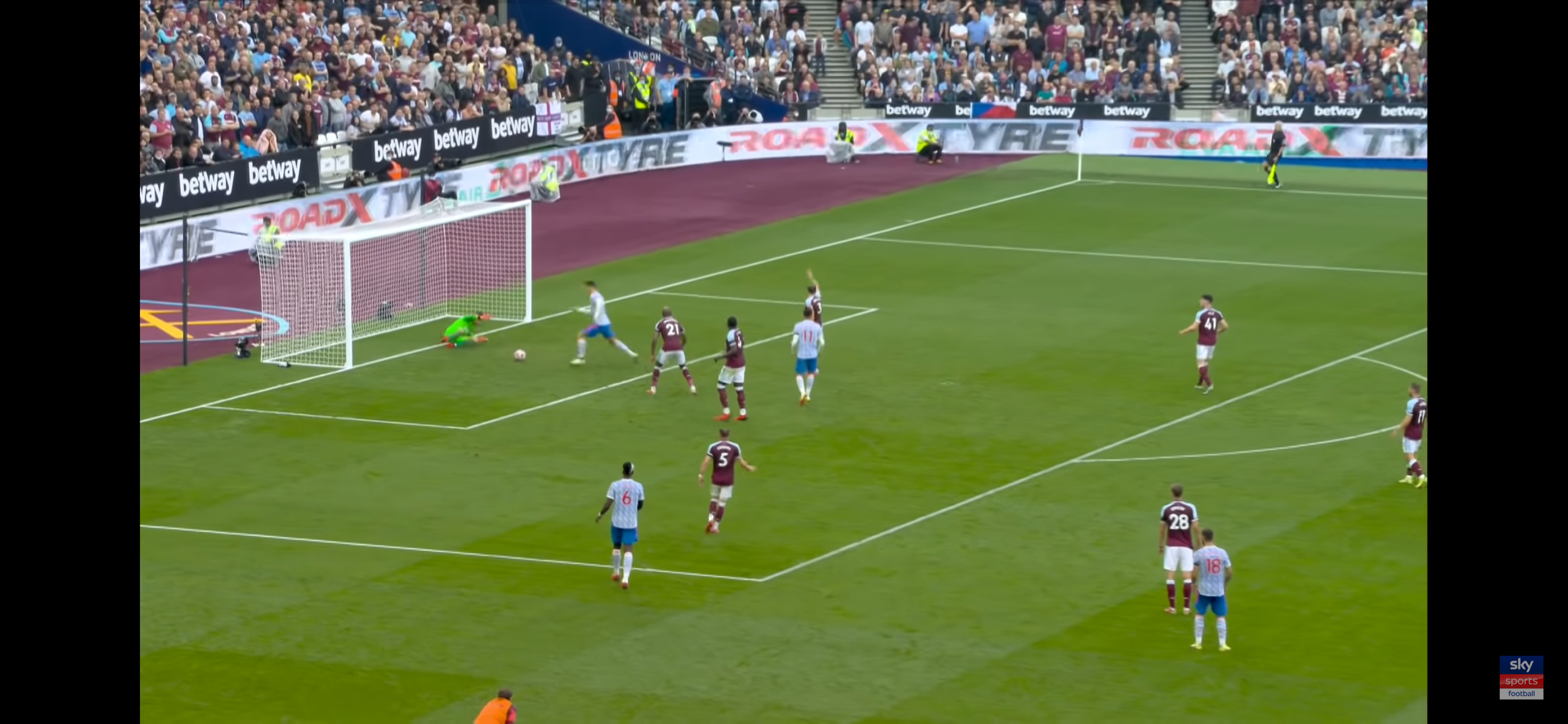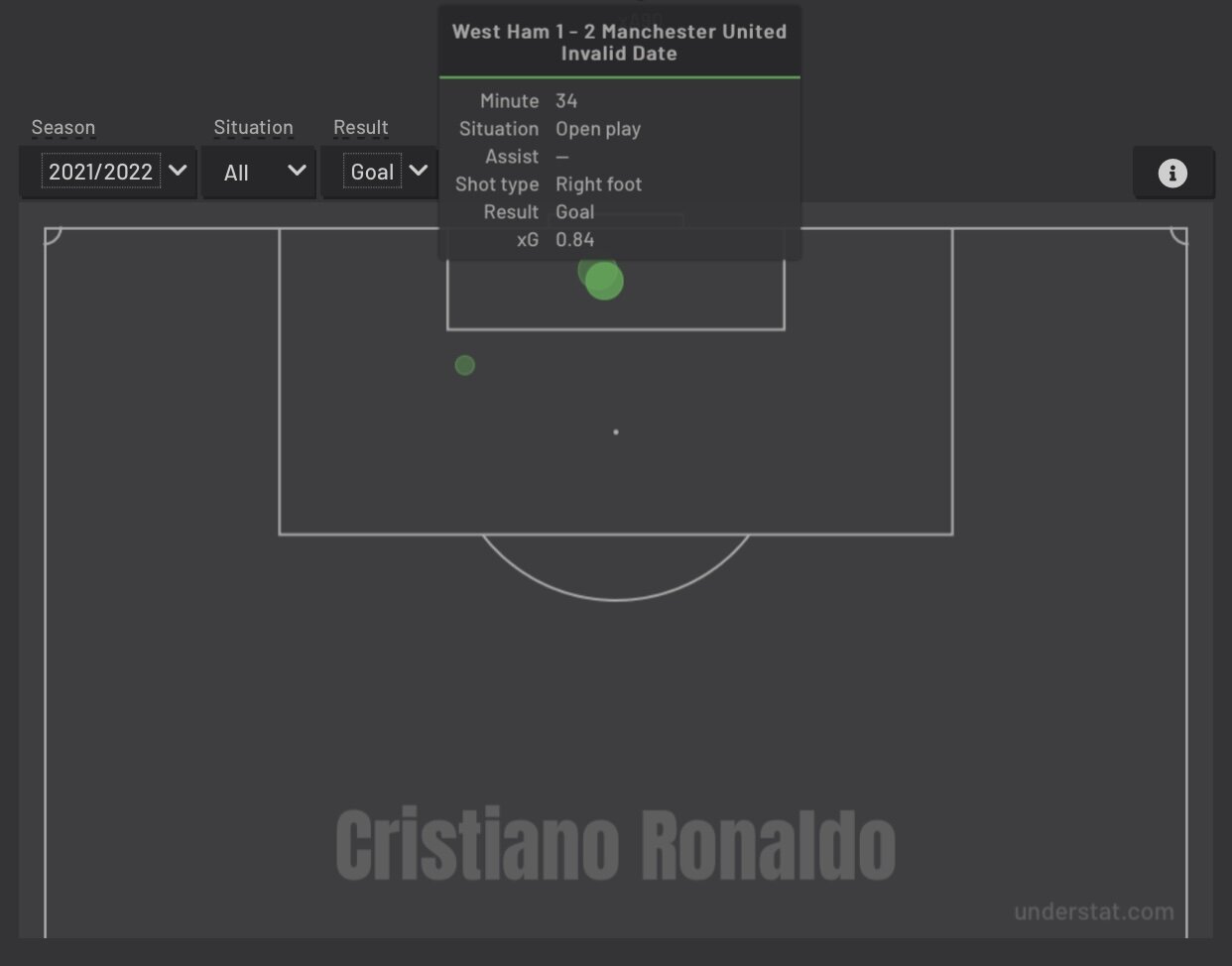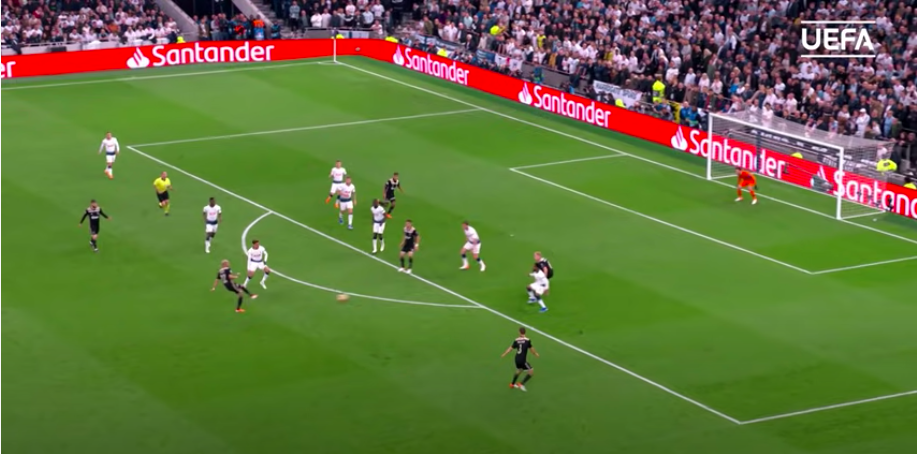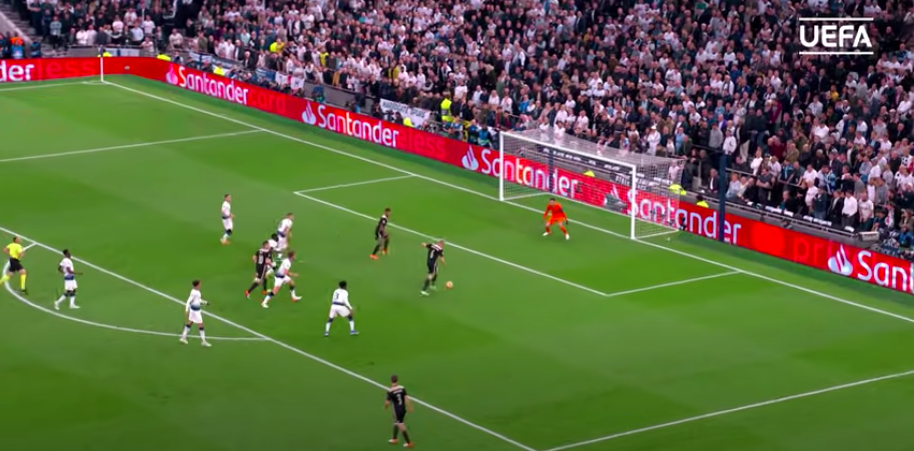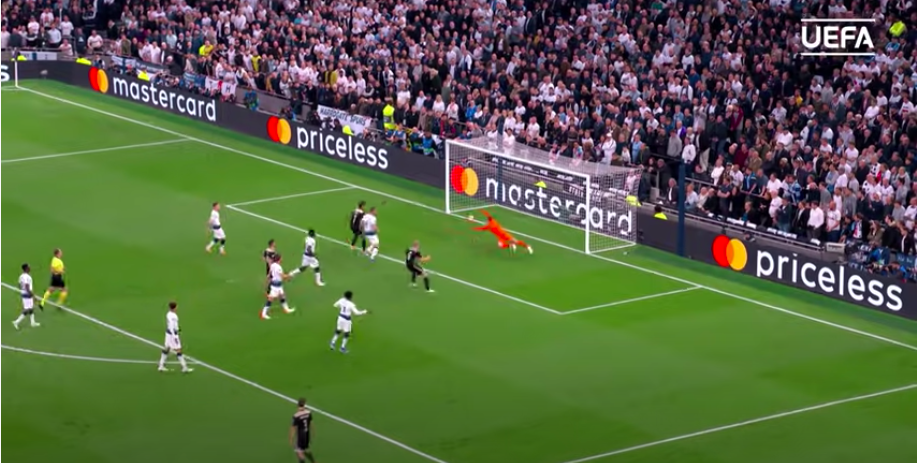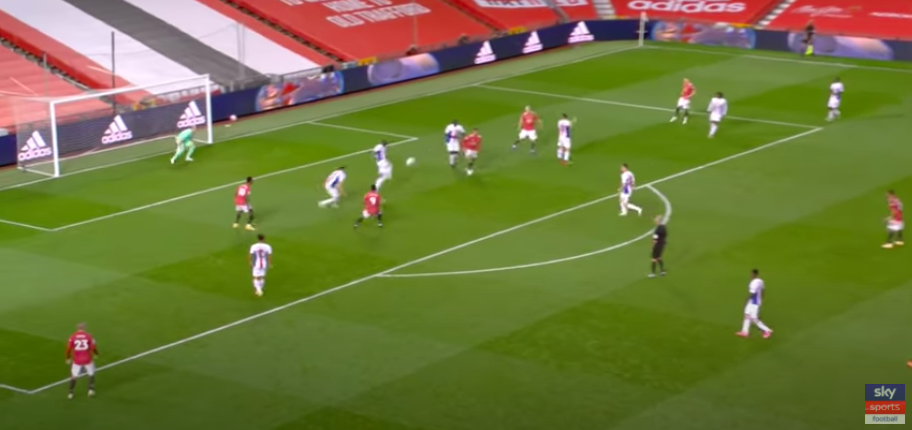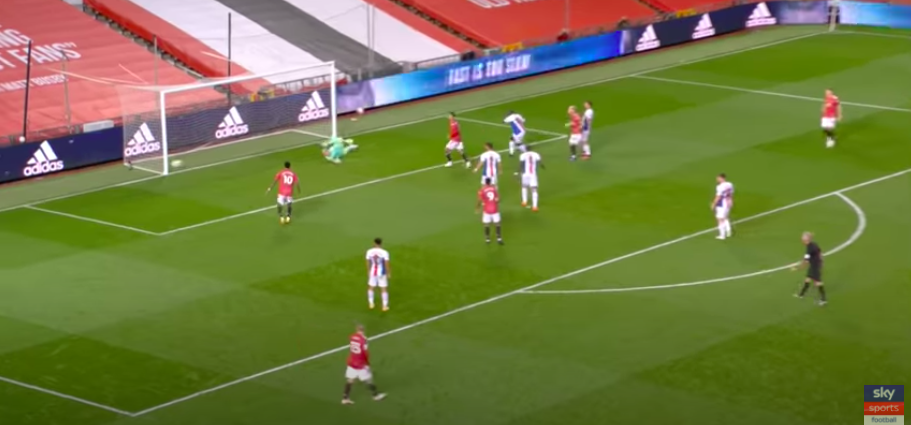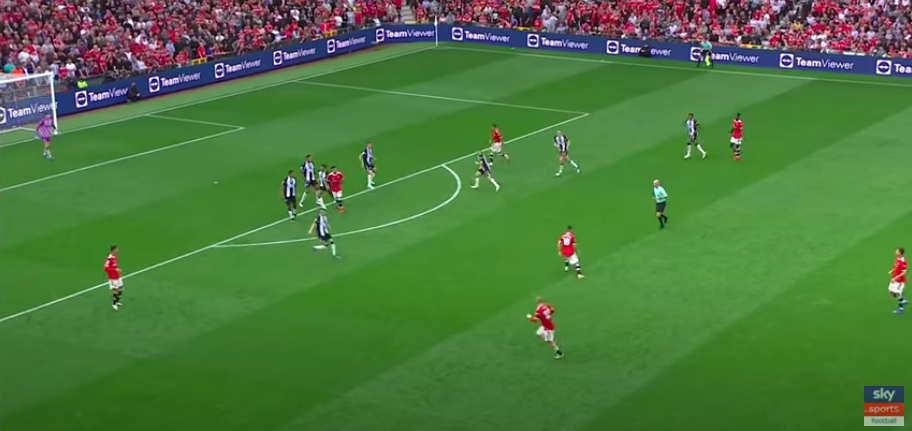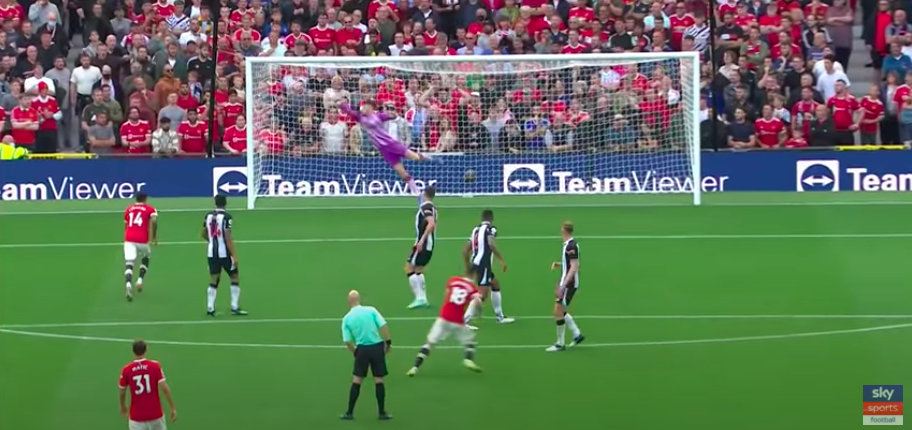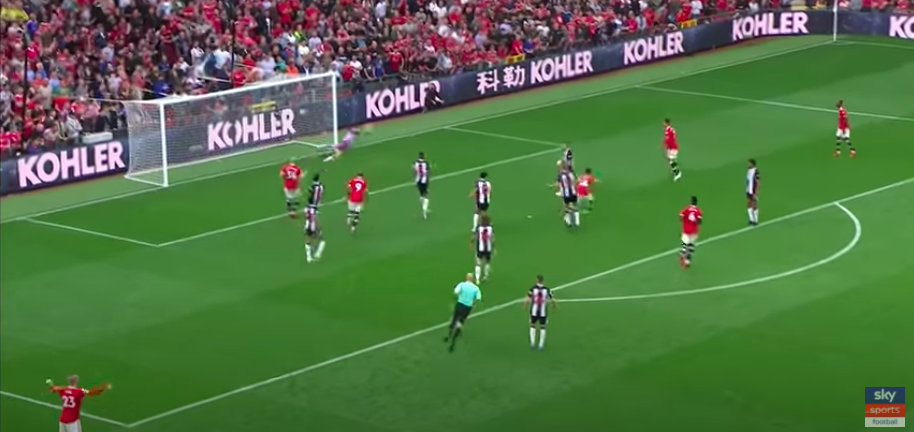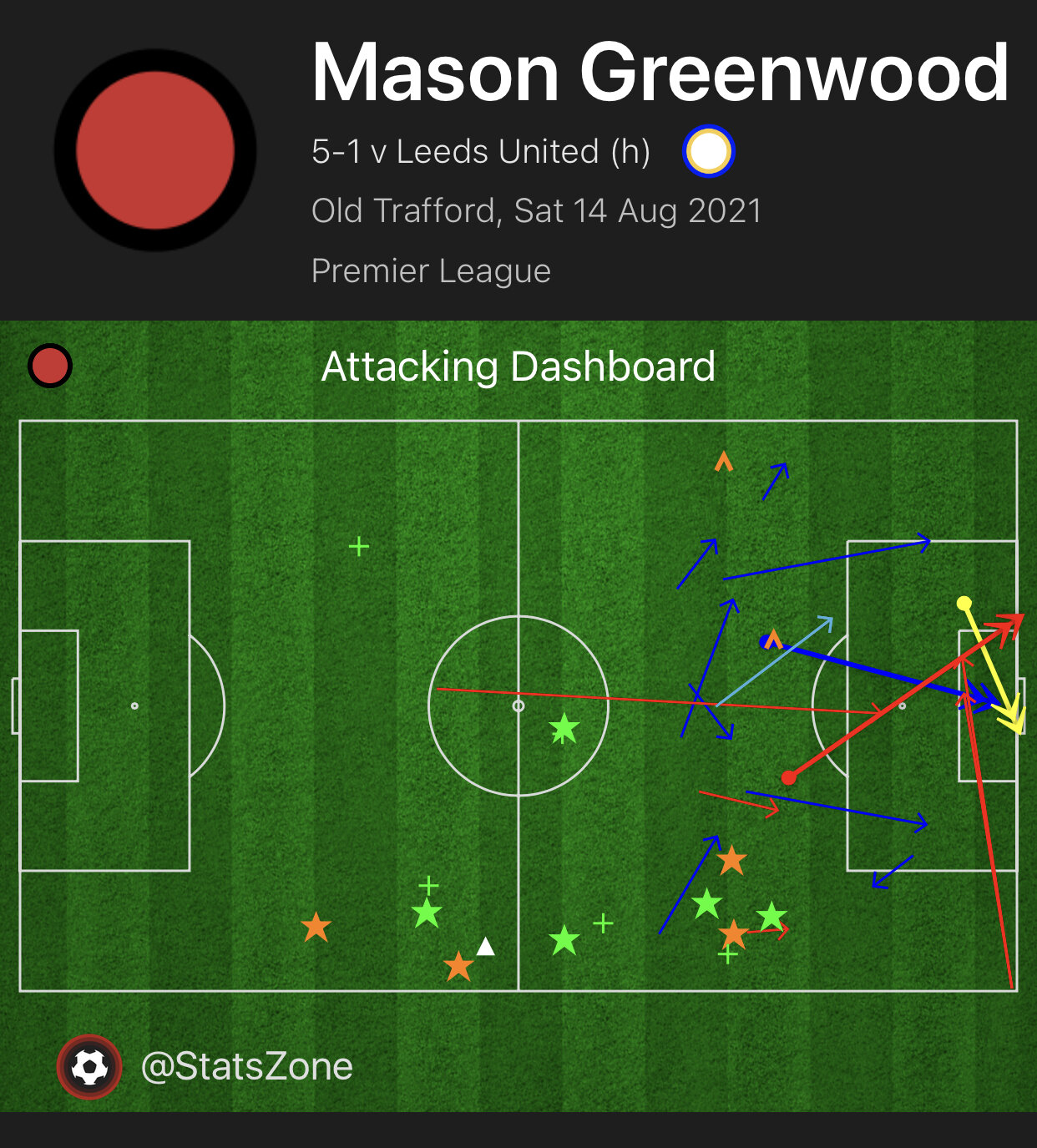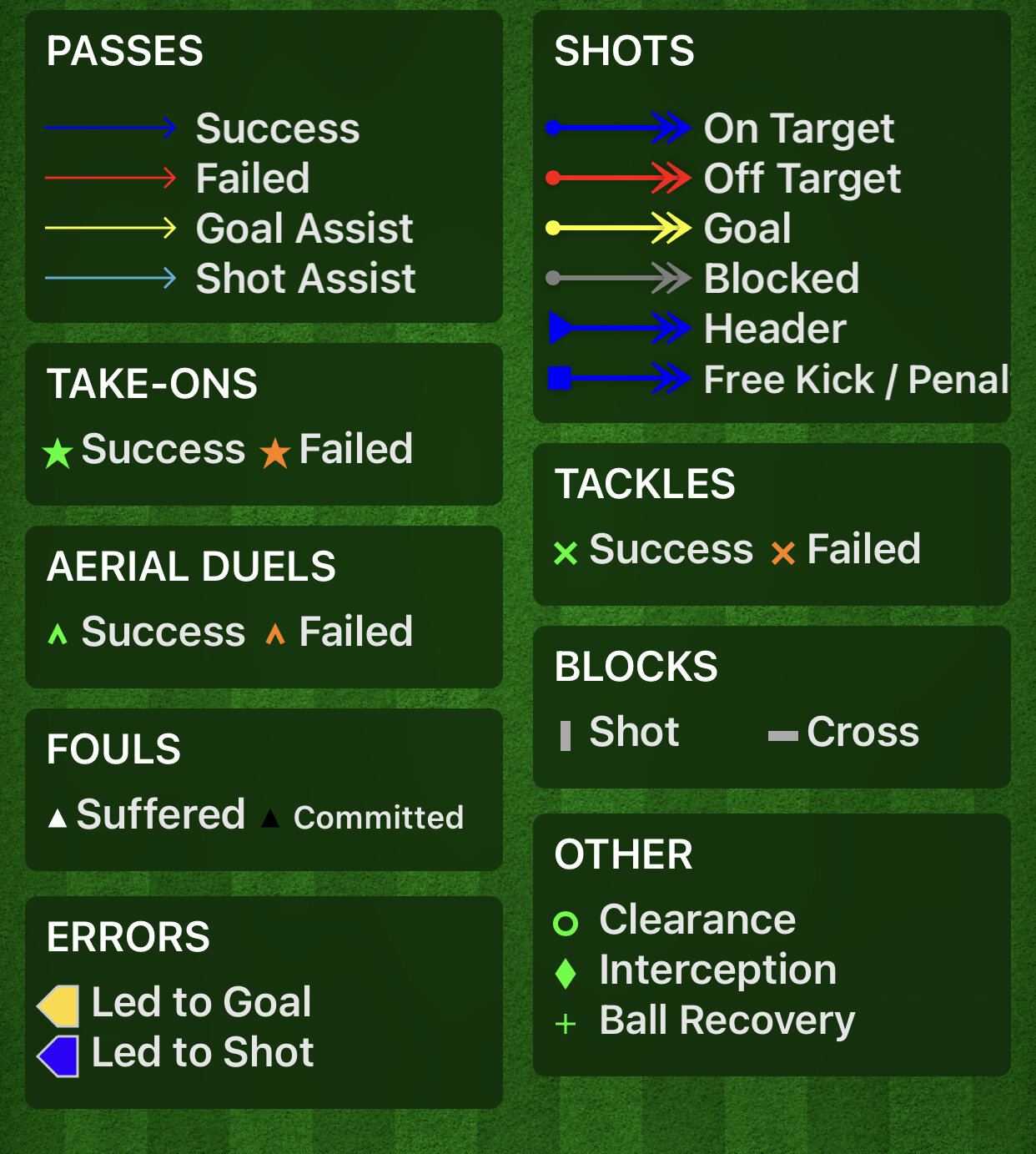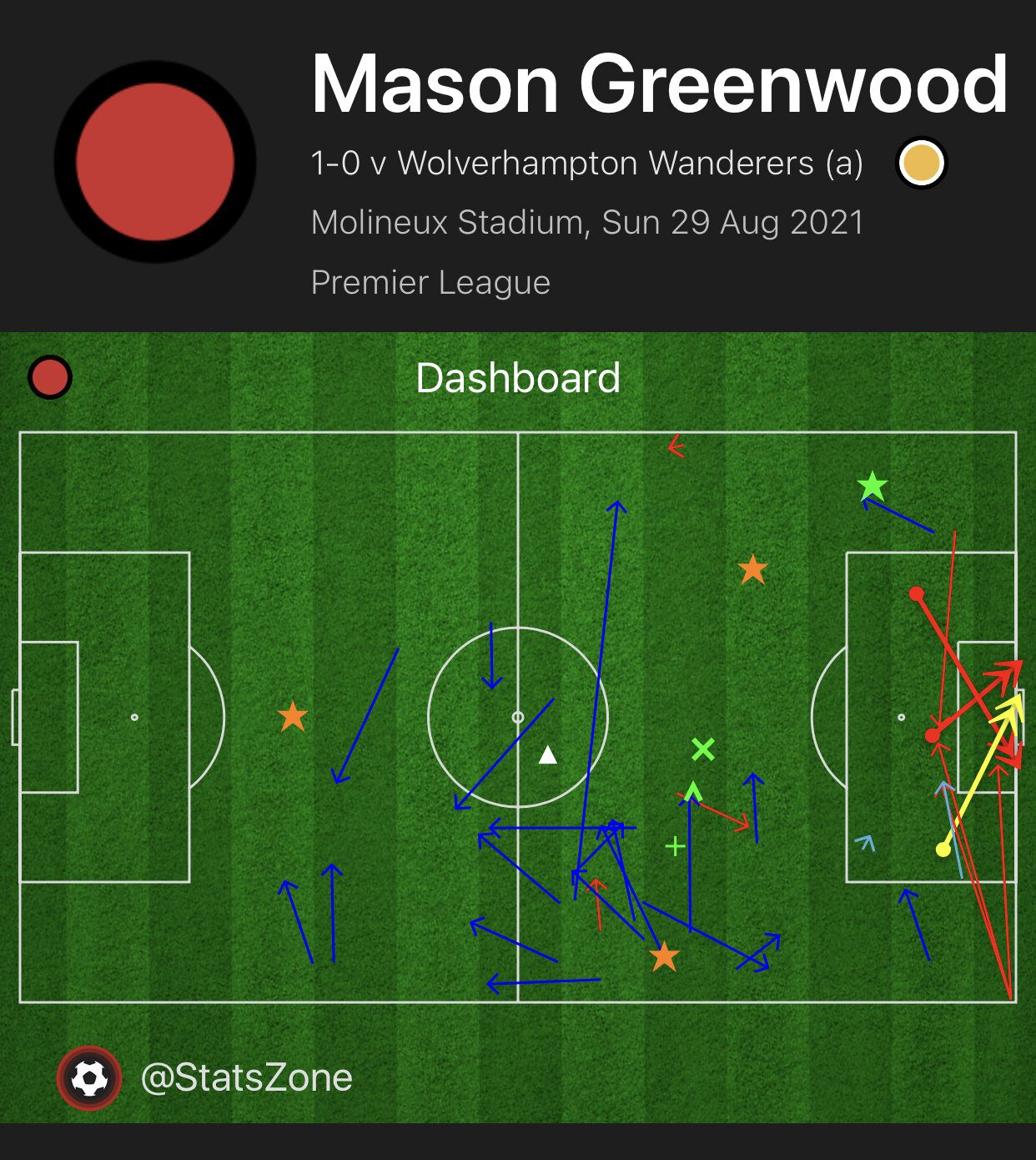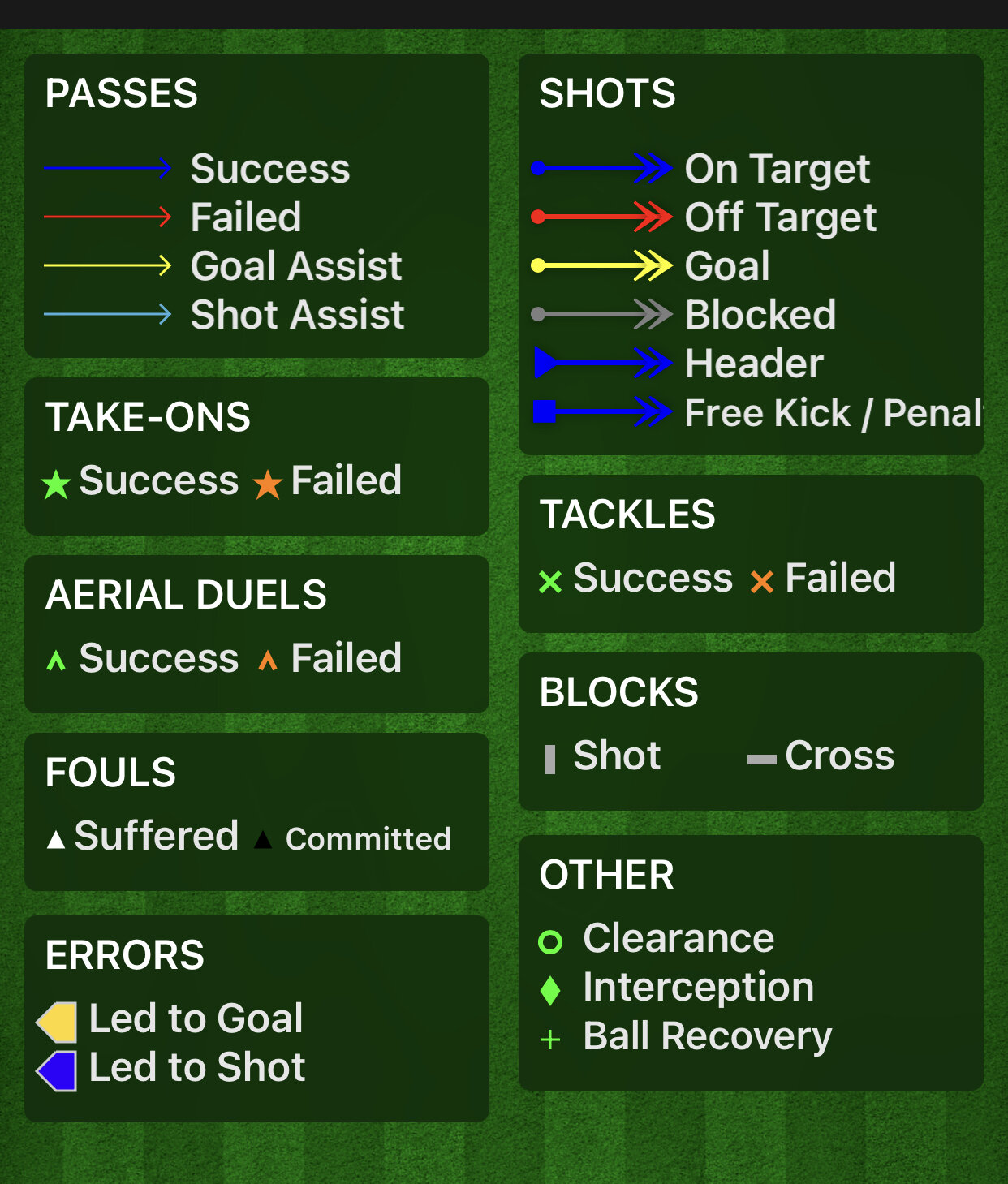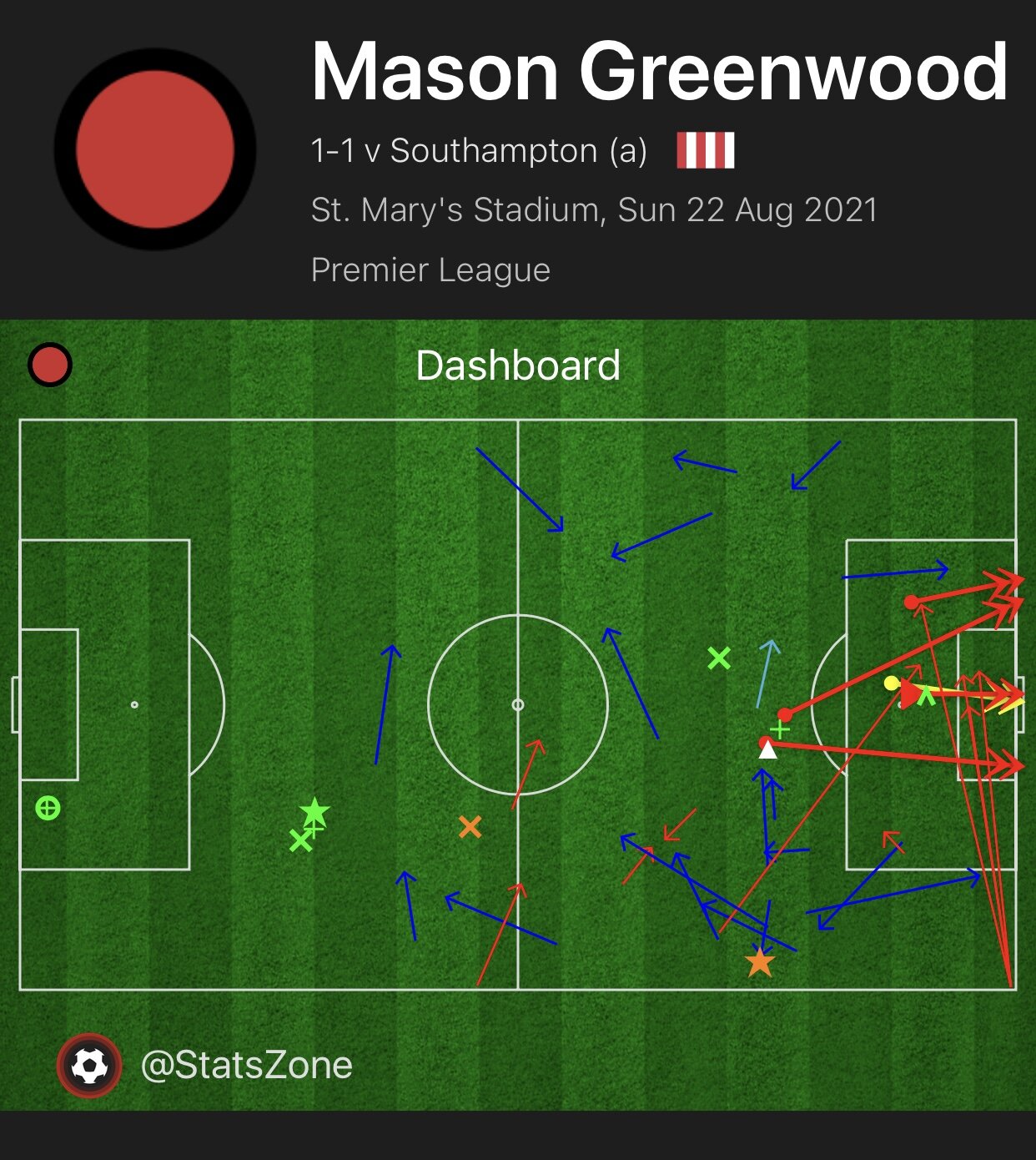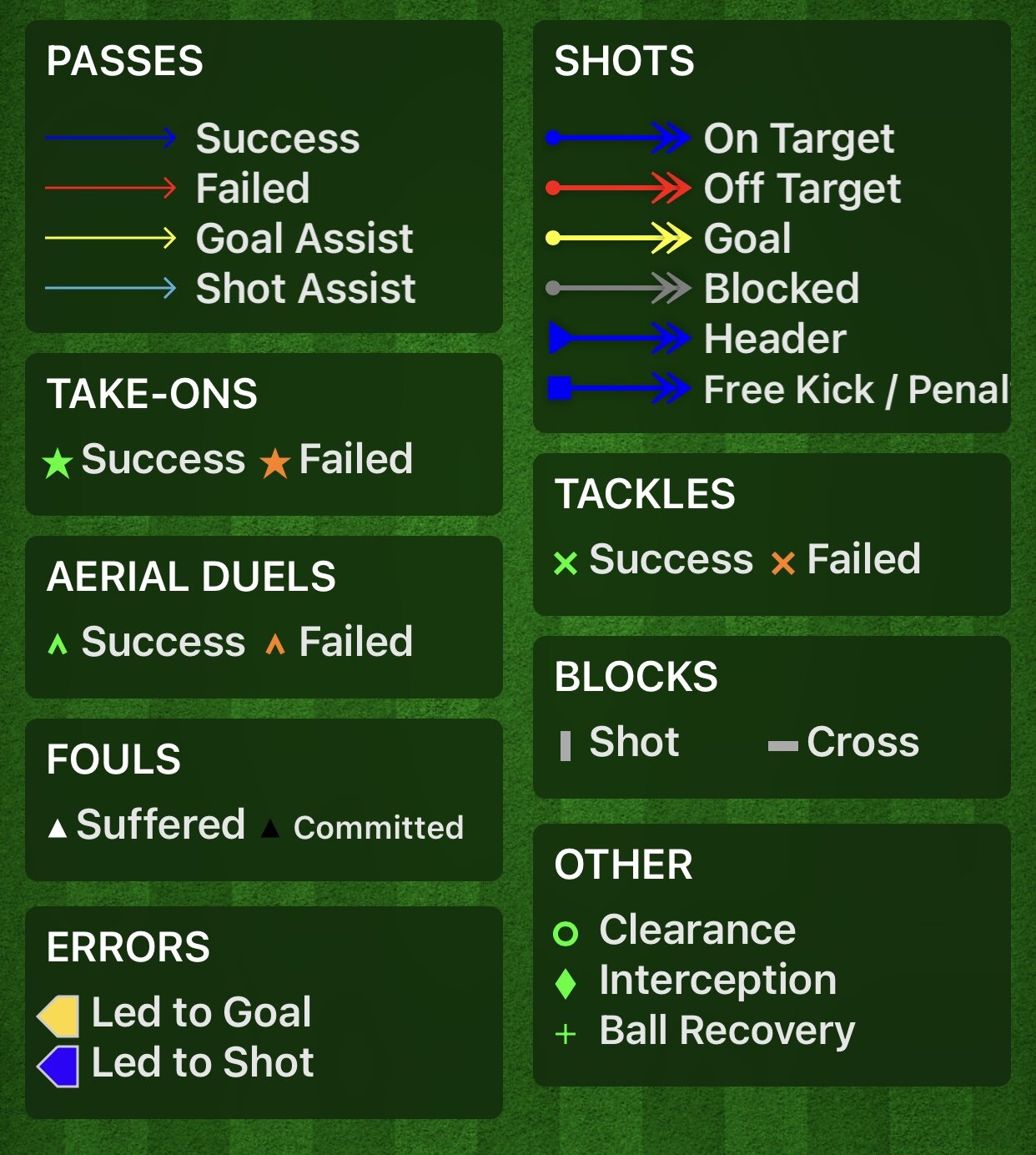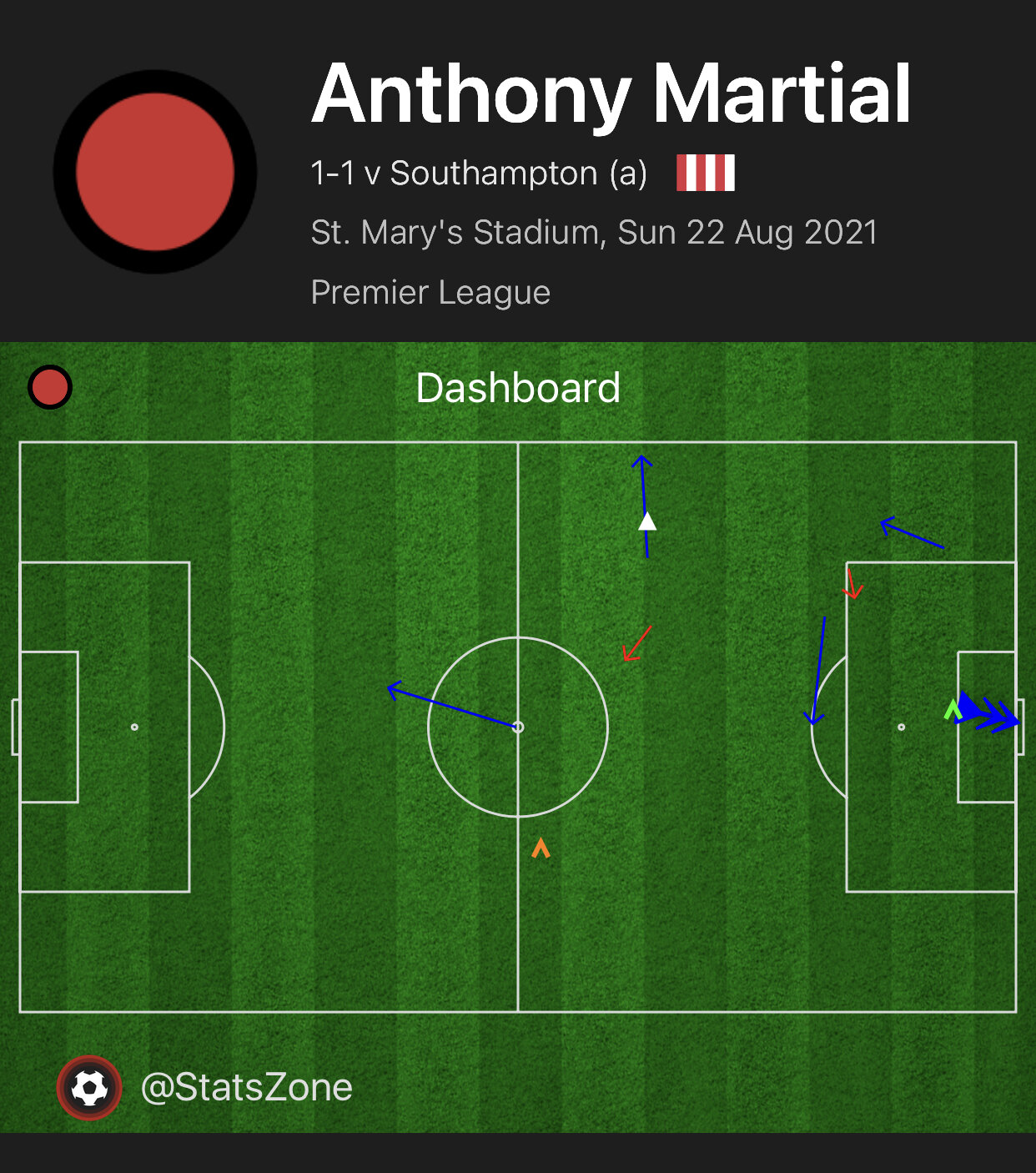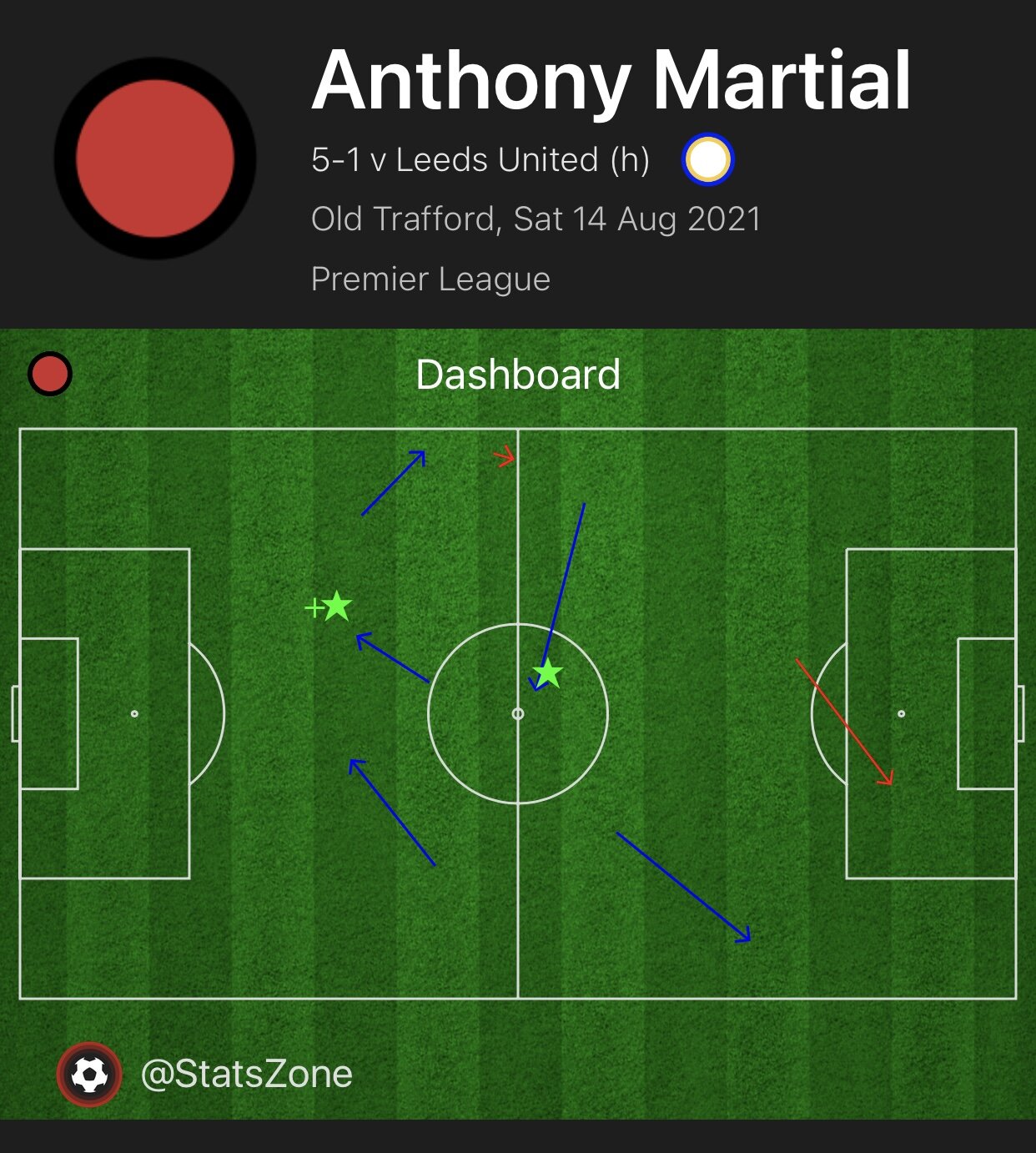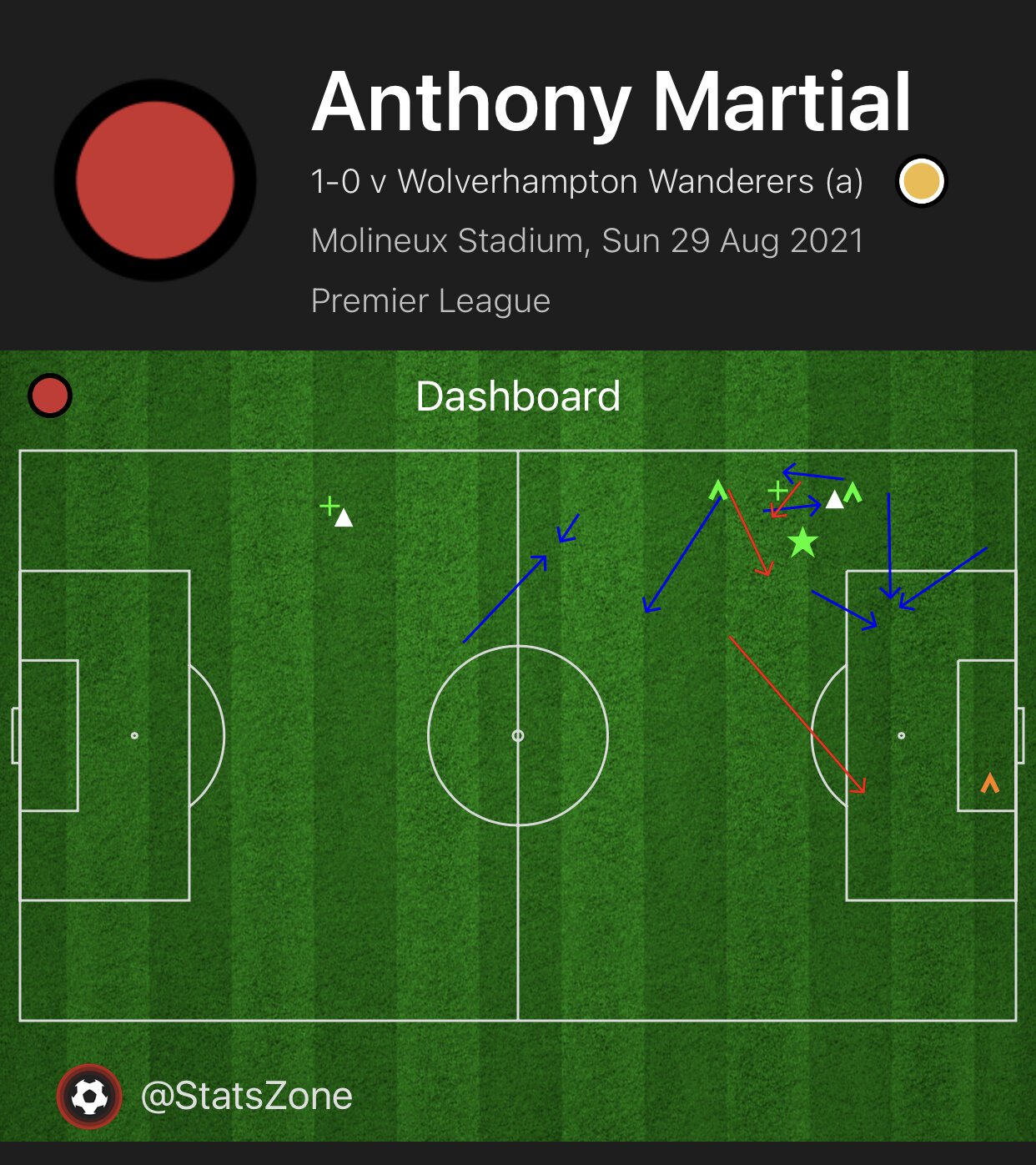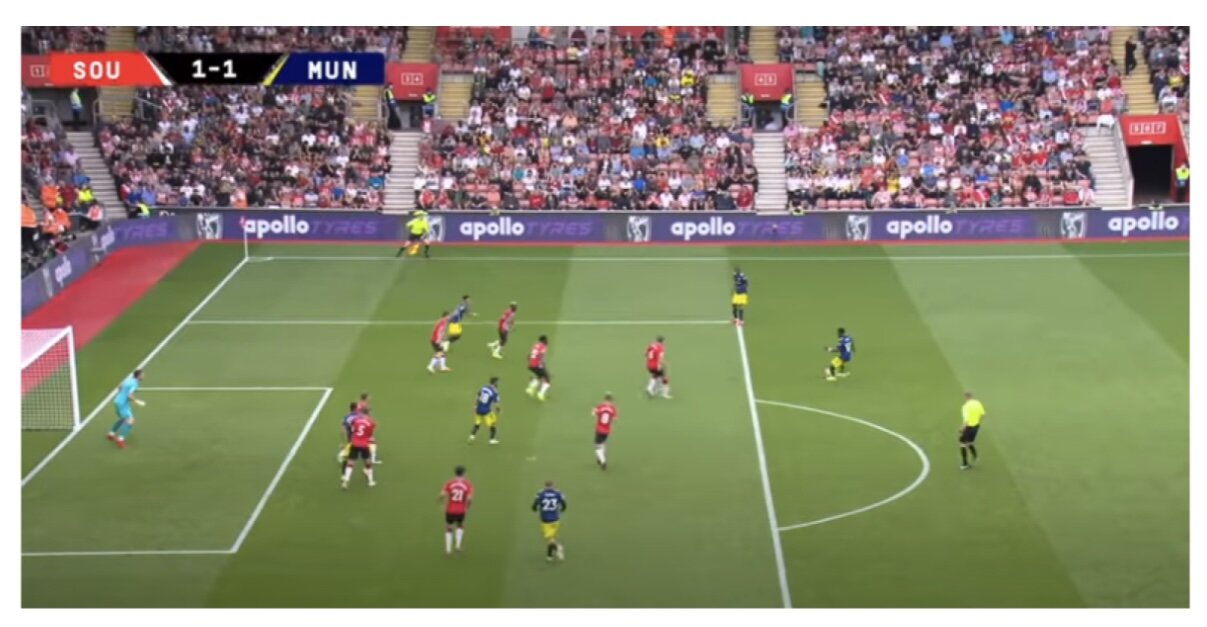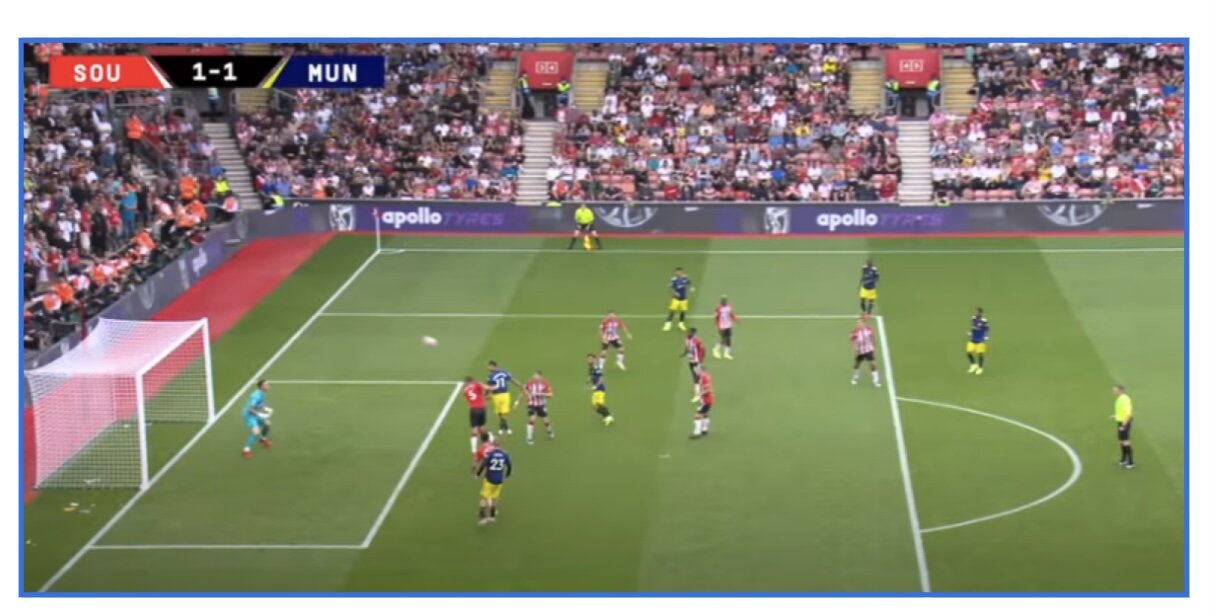You may have seen several articles over the past few weeks from the likes of Jamie Carragher calling Manchester City vs Liverpool “the greatest rivalry ever in English football”. This oft-repeated piece of recency bias seemed to hinge on the fact that never before had two teams been both at the top of English and European football at the same time.
Except in 2007/08 when Manchester United and Chelsea battled for the Premier League title until the last day with the Red Devils winning the league by 2 points. That same season they contested the first all-English Champions League final in Moscow.
In fact between 2004 and 2011 in terms of English champions it went: Chelsea, Chelsea, Manchester United, Manchester United, Manchester United, Chelsea, Manchester United. There was the aforementioned all-English Champions League final in 2008. And further Champions League final appearances for United in 2009 and 2011 before Chelsea finally won it in 2012.
Or in 1978/79 when defending European champions Liverpool faced English champions Nottingham Forest in the first round of the European Cup. Forest won 2–0 on aggregate and went on to become European champions themselves. Liverpool would win the Division One title that season, two points above…Nottingham Forest. In 1979/80 Liverpool would retain their Division One title whilst Nottingham Forest would hold onto their European title.
An unprecedented rivalry? Jürgen Klopp and Pep Guardiola have been in the Premier League together for six seasons now. In that time City has won three league titles, one FA Cup and four League Cups. Liverpool has one title, one League Cup and one Champions League.
In the six years between 1998 and 2004 Arsène Wenger’s Arsenal won three league titles and three FA Cups. Manchester United also won three titles, two FA Cups and the Champions League. There was an unbeaten league season for Arsenal in 2003/04 and the Treble for United in 1998/99. United knocked Arsenal out of the FA Cup in 1999, Arsenal knocked United out in 2003 before United knocked them out in 2004. That’s even before Pizzagate. That was a rivalry and one which helped to define the Premier League as it is today.
Unprecedented? Only if you don’t know your history.
Anyway, now that I’ve got that grumble off my chest all the talk of Manchester City and Liverpool possibly winning a treble or quadruple this season has got me thinking: As a United fan with only the end of the season to look forward to, how does the treble campaign of 1998/99 compare to City and Liverpool this season?
City turn draws to wins
Manchester City are top of the Premier League by one point having played 31 matches. In 1998/99 Manchester United were also top of the Premiership by one point after 31 matches.
But City have ten more points (74) than United had City (64). Where has this gap come from?
City have lost the same number of matches as United: 3. And they have scored just three more goals than United had: 72 for City, 69 for United. Yet City have a far better defensive record conceding 12 goals fewer (20) than United had in 1999 (32). This has translated not in losing less than United did in 1998/99 but into turning draws into wins. United had won 18 and drawn 10. City have won 23 and drawn 5. Those five extra wins are where their ten extra points have come from. Nine of their wins have been by a single goal. At the same point in 1998/99 just five of United’s wins had been by a single goal. This speaks a lot to the style of football that Guardiola and Klopp have brought to England. Not at all about jeopardy or drama but of mechanical precision and eliminating risk. The ‘football bloody hell’ of United’s treble season would be an anathema to Guardiola. This might be why United’s 1998/99 is littered with iconic moments yet it would be hard to name one from either City’s or Liverpool’s seasons.
A worse league?
In 1998/99 United finished top with 79 points and only 3 defeats, then a Premiership record low for defeats. Next was Arsenal with 78 points. Third was Chelsea, only 4 points behind United on 75.
In the final 2021/22 Premier League table as predicted by FiveThirtyEight Chelsea are on course to finish third with 79 points, four more than in 1999 but twelve points behind City in first. Tottenham Hotspur is predicted to finish fourth with 67 points, the same as Leeds United in 1999 (although only the top two made the Champions League then). Leeds were twelve points off top in 1999, Spurs are predicted to be twenty-two points off the top in 2022.
So while in 1998/99 there was a genuine three-way fight for the title (plus a nascent challenge by Aston Villa earlier in the season) the general trend in recent seasons has a huge gap between first and third and first and fourth. Great for Manchester City and Liverpool but isn’t this ‘2 plus the rest’ style of league exactly what we used to criticise La Liga and the SPL for?
Since the top four first qualified for the Champions League in 2001/02 67 points has been good enough to make fourth on three previous occasions, including last season for Chelsea. In 13 previous seasons the team finishing fourth managed to win more than 67 points; in 2013/14 Arsenal finished fourth with 79 points, 67 points would have been good enough to finish 7th. Only in four previous seasons has the team finishing fourth won fewer than 67 points. In fact, since 2017 the trend has been generally going down: 76 points in 2017, 75 in 2018, 71 in 2019, 66 in 2020, 67 in 2021 and now 67 predicted for 2022. It says a lot that Manchester United could still finish fourth this season.
Of course, this system entirely suits the clubs. Look at the last two English clubs to win the Champions League. Liverpool finished fourth in 2018, 25 points off City in first. The next season Liverpool won the Champions League. Chelsea finished fourth in 2020, 33 points off Liverpool in first. Chelsea won the Champions League in 2021. So expect the ‘two plus the rest’ to remain for the foreseeable.
What of the bottom of the Premier League? Both Norwich City and Watford are predicted to be relegated with fewer points than Nottingham Forest, bottom-placed in 1998/99. Everton are forecast to stay up with 36 points in 17th place. Leeds are predicted to make 16th with 38 points. In 1999 Southampton finished 17th with 41 points: both Everton and Leeds would be relegated.
Manchester United have had three managers, caretaker, interim and otherwise, this season. Tottenham Hotspur are on their fourth manager in two years. Chelsea have changed managers four times since Pep Guardiola joined City. Mikel Arteta has been manager of Arsenal for three years yet is still stuck on ‘promising’ mode rather than showing any tangible evidence of a master plan. Manchester City and Liverpool have had consistency on their side and administrators who work to fit the football side, not the other way round. It helps to have money and both clubs have been very free spenders. But they have taken advantage of their ‘rivals’ having regular existential crises.
Not all cup runs are equal
In the 1998–99 FA Cup United played Middlesborough (at the time they played 5 league places below them), Liverpool (3 league places below them), Fulham (45 league places below them and Chelsea (1 league place below them). That’s 3 Premiership teams and one in Division Two.
Liverpool have made the 2022 semi-final having played Shrewsbury Town (55 league places below), Cardiff City (38 league places below), Norwich City (18 league places below) and Nottingham Forest (27 league places below). That’s one Premier League team (the bottom team), two in the Championship and one in League One.
Manchester City have played Swindon Town (72 league places below), Fulham (20 league places below), Peterborough Town (43 league places below) and Southampton (10 league places below). That’s one Premier League team, two from the Championship and one in League Two.
That means that United reached the 1999 FA Cup semi-final having played teams an average of 13.5 league places below them (it’s an average of 3 league places below them if the huge outlier Fulham is removed).
Manchester City has reached the semi-final having played teams an average of 36.25 league places below them. Liverpool has played teams an average of 34.5 league places below them.
Not all cup runs are equal. Some aren’t even close.
Champions League semis are par for City and Liverpool
In 1998/99 Manchester United found themselves in Group D with Bayern Munich, Rivaldo’s Barcelona and Brondby. 20 goals later they emerged unbeaten and were rewarded with a tie against an Inter Milan side containing Baggio, Zanetti, Zamorano, Ronaldo (the original) and Simeone. Having negotiated that along came Juventus in their full 90s pomp: Del Piero, Deschamps, Zidane, Davids et al. Then Bayern again in Barcelona. As Clive Tyldesley put it: “Goodbye Rivaldo. Goodbye Ronaldo. Goodbye Zidane. Hello Matthäus.”
UEFA seedings are determined by club coefficients. These are based on the results of clubs competing in the five previous seasons of the UEFA Champions League, UEFA Europa League and UEFA Europa Conference League. They are usually determined by the sum of all points won in the previous five years.
In 1998/99 Manchester United faced only one team with a lower coefficient than them: Brondby IF. Yet they went unbeaten, scoring in every game and beating every team at least once apart from Barcelona against whom they played out two 3–3 classics.
In 2021/22 Manchester City (130 points) and Liverpool (127) were the second and third seeds respectively. Only Bayern Munich were above them.
Manchester City were placed in a group with PSG (112 points), RB Leipzig (78 points) and Club Brugge (38.5 points). They lost twice, once to PSG and once to Leipzig.
Liverpool got an AC Milan side making their first Champions League appearance in 7 years (38 points), Porto (80 points) and an underperforming Atletico Madrid (104 points).
In the next round City were drawn with Sporting CP (55.5 points). Liverpool got an Inter Milan far removed from their 1999 vintage (79.814 points) and scraped through. City then faced Atleti and Liverpool faced Benfica (60 points). For the semi-finals City will play Real Madrid (118 points) while Liverpool face Villareal CF (76 points). If we’re being honest, the semi-finals would represent par for City and Liverpool.
Some of this is due to English football’s rise and commercial power. In the 90s English football lagged behind other leagues, especially Serie A. United’s triumph in Barcelona was the first for an English team in 15 years. Since 1999 there have been five English winners and three all-English finals. Interestingly though, only one of those winners (Manchester United in 2008) won the Champions League as English champions.
It is not the fault of City or Liverpool that due to the expansion of the Champions League they find themselves playing more and more worse teams. But it does put their achievements into perspective. They should make the semi-finals based on their seedings. In 1998/99 six other teams in the Champions League had a higher coefficient than United.
* * *
Whatever City and Liverpool win this season will be an amazing achievement. But if treble or quadruples are won perhaps it will only further highlight the differences between now and 23 years ago. United were no angels in 1998/99 but nor did Amnesty International have their own report on their ownership as they do with City’s. And Liverpool’s owners were just as complicit in the European Super League plan. And ask ask Liverpool Women or the staff they tried to furlough with tax-payer money if Fenway Sports are true to Bill Shankly’s values.
As depressing as this season has been for a United fan it’s not half as depressing as looking back at 1998/99. When the Champions League was just that and not there to be won by the team who finished fourth in the league. When no football club was sponsored by a gambling or cryptocurrency company. And no club was being faced with EU sanctions.
It really doesn’t compare.

